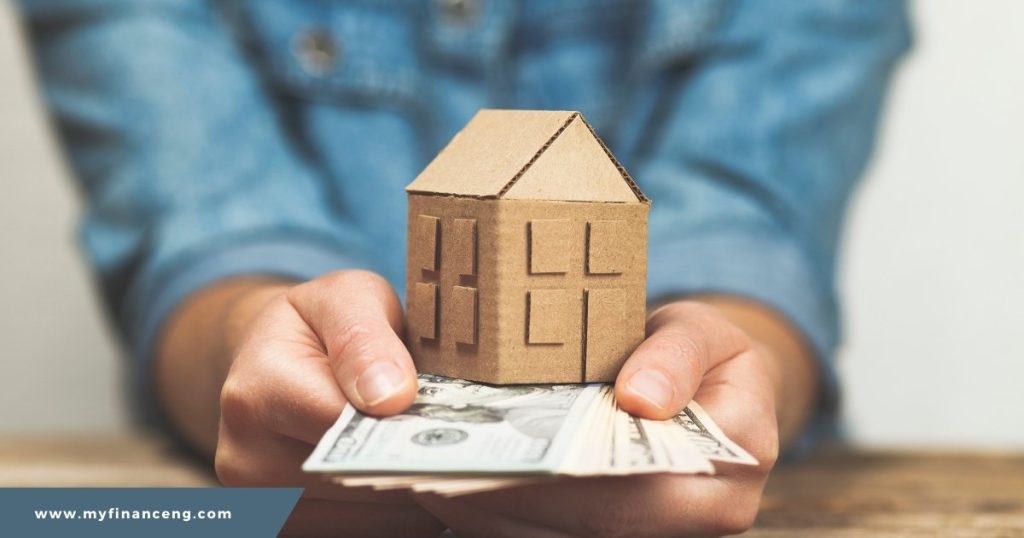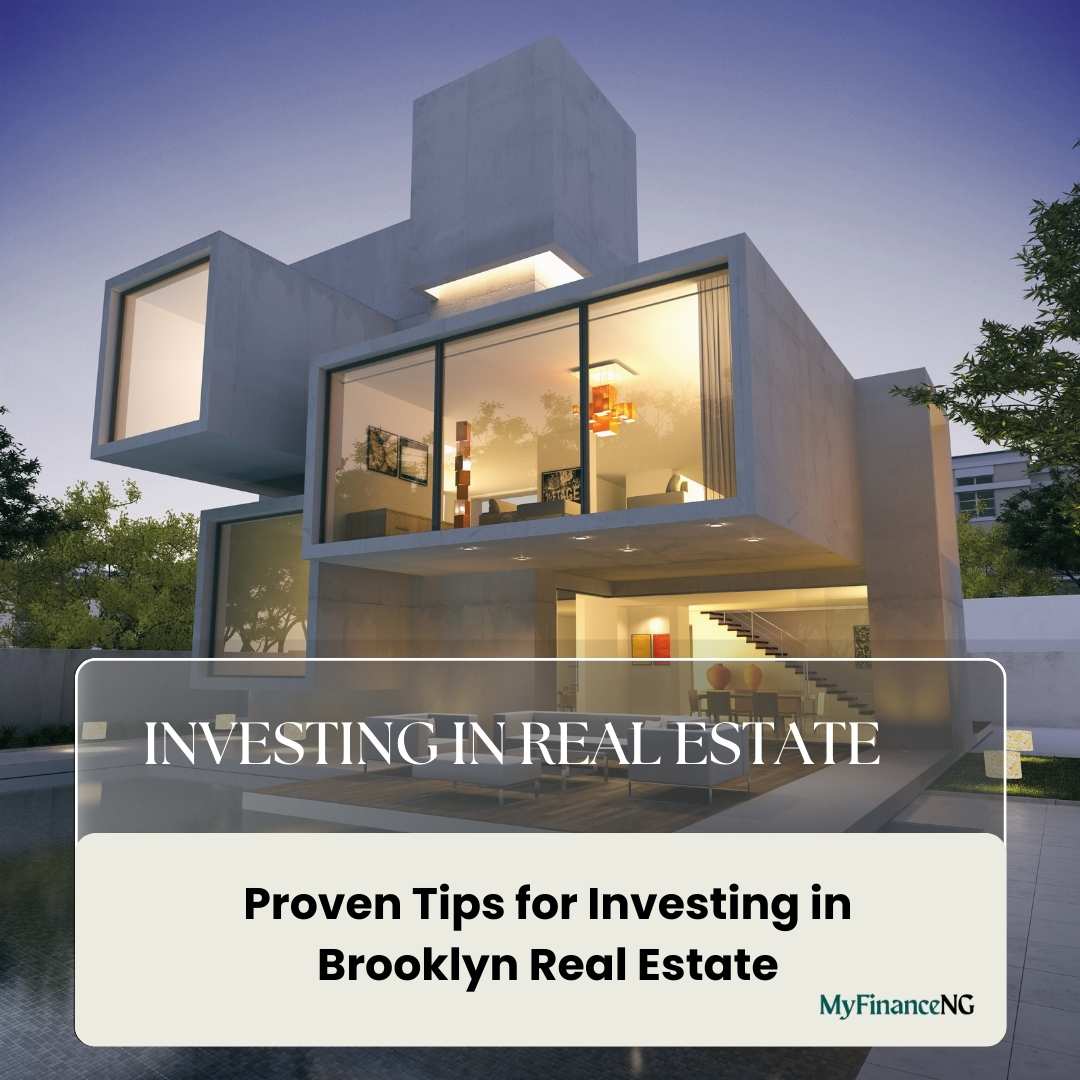Introduction
Thinking of investing in Brooklyn real estate? Get insider tips on the best neighborhoods, financing options, and strategies to earn strong rental income and long-term appreciation.
Brooklyn’s real estate market is still one of the most energetic in the country, a mix of old-world charm and new-world opportunity. Investors gravitating toward this borough enjoy its cultural energy, economic strength, and steady demand for housing.
For those looking for short-term profits or building long-term wealth, it is important to have an understanding of Brooklyn’s unique market dynamics. Here are a few strategies, considerations, and insights on areas that you can use as a guide to plan your investment.
Why Brooklyn Is a Hotbed of Real-Estate Investment
The allure of Brooklyn is its mix of neighborhoods, world-class amenities, and access to Manhattan. A rise in remote work has heightened demand for spacious homes, as cultural attractions and dining scenes are still luring new residents.
Infrastructure projects, including the Brooklyn-Queens Connector (BQX) and extended subway lines, also make access easier. In addition, the borough’s lack of land availability keeps property values high.
In a market where demand constantly exceeds supply, Brooklyn has seen rental income and appreciation in blocks where they are located.
Understanding How Local Market Trends Impact Investment Opportunities
In Brooklyn, increasing fragmentation of a selective market towards mixed-use and adaptive reuse. Neighborhoods such as Gowanus and Bushwick are undergoing rezoning, which has opened up new development opportunities.
At the same time, increasing interest in sustainable living has led to a greater demand for energy-efficient buildings. Investors should watch absorption rates — the pace at which properties go under contract — to get a read on neighborhood momentum.
Neighborhoods that lacked inventory but had eager buyers, like Park Slope and Williamsburg, tended to lead to bidding wars. Staying attuned to these trends allows investors to seize opportunities before prices peak.
Brooklyn Real Estate Market In A Nutshell

Brooklyn’s market is divided into micro-markets that have their price points and growth trajectories. Luxury condos dominate Downtown Brooklyn, and families and investors flock to brownstones in Bedford-Stuyvesant. Macroeconomic data, like interest rates and employment patterns, determine market cycles here.
Insight into local inventory numbers, days on the market (DOM), and price-per-square-foot benchmarks helps investors spot undervalued assets. In this segmented and complex environment, comparative market analysis (CMA) tools are essential for assessing deals.
Emerging Neighborhoods: Where You Should Look for Growth and Demand
Emerging neighborhoods such as Crown Heights and Sunset Park have high growth potential due to affordability and their development pipelines. “We have a lot of areas we can see making a premium on prices, but then also consistently getting returns; that’s important,” added Clare.
Backed by city-led affordable housing developments, East New York offers value-add opportunities. Realtors advise investors to follow transit expansions, school upgrades, and retail developments to gauge neighborhood appreciation. Being near parks and cultural centers makes a place more desirable in the long run, too.
Data: The Effect of Gentrification on Property Value
Gentrification has transformed neighborhoods in Brooklyn, raising property values and triggering discussions about affordability. Neighborhoods such as Williamsburg and Red Hook have fully appreciated thanks to commercial influxes and aesthetic revivals.
However, investors should consider ethical ramifications and possible rent stabilization laws. Focusing on neighborhoods in the early phases of gentrification — those where infrastructure improvements are planned but not yet priced into housing markets — can help maximize returns with lower risk.
Rental Market Overview By Brooklyn Areas
Rental demand in Brooklyn remains strong, with vacancy rates consistently lower than the national average. Greenpoint and nearby North Brooklyn command high rents because of their waterfront amenity. Southern neighborhoods such as Bay Ridge, however, provide more affordable alternatives and consistent tenant demand.
To assess profitability, investors should analyze gross rental yields — or annual rent as a percentage of property price. Rent-stabilized units generally offer predictable income but no upside potential and are, therefore, a better fit for conservative investors.
Advantages of Investing in Brooklyn Real Estate
Good Rental Yields and Passive Income Ability
Brooklyn’s dense population and housing demand guarantee substantial rental income. In particular, multi-family properties are cash flow positive, with the average cap rate being somewhere between 4% to 6%. Short-term rentals in tourist-friendly neighborhoods like Brooklyn Heights can also offer decadent returns. Property managers provide passive income streams to investors.
Growth Over Time in a Competitive Market
According to historical data, Brooklyn real estate appreciates reliably and outperforms many other U.S. markets. A limited land supply with constant demand leads to upward pressure on prices. Investors who hold properties for five to ten years often have significant equity in those properties, particularly in up-and-coming areas.
You Have Access To A Diverse and Stable Tenant Base
Brooklyn’s population is diverse, encompassing young professionals, families, and creatives, giving you a wider pool of potential tenants. This diversification lowers the risk of vacancy and creates stability throughout economic cycles. Such properties benefit from robust demand from students and medical staff near universities or hospitals.
Need one of those investment goals to fall in line as well?

Establishing Short-Term Versus Long-Term Investment Goals
Fix-and-flip is the game’s name for many short-term investors looking to capitalize on quickly up-and-coming neighborhoods, while long-term investors care more about cash flow and appreciation. Knowing your goals informs choices around financing, property selection, exit strategy, etc.
Buy-and-Hold or Fix-and-Flip?
Buy-and-hold strategies will appeal to those who want steady income in the long term, while fix-and-flip projects are suitable for those with renovation skills and who want profits sooner. Market timing is essential for flips because holding costs can eat into margins in a downturn.
How to Finance Your Brooklyn Real Estate Investment
Top Mortgage Products For Brooklyn Buyers
Traditional mortgages benefit well-qualified buyers, but hard money loans allow deals to close unequivocally faster for lower-credit investors. Ideal for multi-property investors, the portfolio loan allows borrowers who don’t meet conforming standards to qualify.
The Key to Using Your Equity to Get It to Work For You
Investors with more experience tap into cash-out refinancing or HELOCs to support purchases. Accelerating Portfolio Growth: When you reinvest equity into value-added projects, this can accelerate the growth of your portfolio.
Financing Alternatives for New Investors
New entrants to the market can enter with lower capital via joint ventures and crowdfunding. Seller financing or lease-to-own arrangements can help fill in gaps in funding, too.
Finding the Right Property in Brooklyn
How to Find a Profitable Investment Property in Brooklyn
Focus on transit-oriented properties, properties with low maintenance costs, and high rent-to-value ratios. Steer clear of units that have structural problems or legal issues.
How to Read Property Listings Like a Local Pro
Check out price history, tax assessments, and neighborhood comps. Hire a real estate attorney to review liens or zoning restrictions.
Knowledge from Experienced Real Estate Agents in Brooklyn
Hyperlocal expertise: Agents who know their turf can deliver off-market deals and negotiate the best terms. Seek out investor-centric track records.
Understanding Local Zoning and Regulations
A Guide to Brooklyn’s Zoning Laws and Building Codes
Zoning determines how property may be used and its density and height limits. Knowing these rules helps avoid costly violations.
Mandatory Requirements for Landlords and Developers
You must adhere to lead paint disclosures, smoke detectors, and right-to-tenant laws. If you do not comply, you are at risk of fines or lawsuits.
Assessing Risk and the Potential for Returns on Investment
How to Evaluate Cap Rates and Cash-on-Cash Returns
Cap rates (net operating income ÷ property value) show ROI. Target rates are higher than borough averages. Cash-on-cash return calculates annual profit as a percentage of invested capital.
First, You Need To Know the Red Flags Before You Invest
Risk is indicated by overpriced properties, declining neighborhood indicators, or high repair costs. A great saying to remember is that due diligence is always best.
Renovation & Improvement (Value-Add)
Value-Adding Upgrades for Brooklyn Real Estate
Better windows, remodels, and innovative features attract premium rents. You can get more resale value by improving curb appeal.
Renovation Trends That Appeal to Brooklyn Renters
Pegged open floor plans, co-working spaces, and pet-friendly amenities. Sustainably sourced materials resonate with green-minded tenants.
Property Management for Your Brooklyn Investment Property
Guide for Choosing an NYC Property Manager You Can Trust
Look for managers with well-established local vendor relationships and round-the-clock responsiveness. Check on their fee structures and tenant screening processes.
Common Mistakes When Handling Maintenance & Tenant Requests
Cheap repairs come from preventative maintenance. Automation replaces slow and manual systems of communication and service tracking.
Promotion and Tenant Acquisition in Brooklyn
Tips for Getting Good Tenants in a Competitive Market
Professional listings with photos, virtual tours, and ads on social media. Emphasize closeness to transit and amenities.
Do the Listing Platforms and Local Outreach Strategies Work
StreetEasy and Zillow lead the way, but local Facebook groups and community boards also produce leads.
Maximizing Rental Income

How to Determine the Right Rent for Your Property in Brooklyn
Compare with similar implies, making allowances for distinguishing features. Data-driven tools allow for seasonal demand optimization.
Supplemental Income Streams With Parking, Storage, and Amenities
Offer bike and rooftop garden storage to make money on unused space. These are accretive to NOI without much capital spend.
Tax Strategies and Incentives
What Tax Deductions Are Available to Brooklyn Real Estate Investors?
Taxable income is lowered by depreciation, mortgage interest, and operating expenses.
1031 Exchanges: A Guide to Growing Your Portfolio
Property taxes to you can defer capital gains by reinvesting proceeds into like-kind properties. Strict timelines apply.
Building Up Your Investment Portfolio
When to Build Beyond One Property in Brooklyn
Once cash flow can absorb new debt service, reinvest profits. Invest across neighborhoods to spread out risk.
Investing in Multi-Family Homes and Mixed-Use Properties
Economies of scale with existing multi-family properties. This mix of uses helps hedge against market downturns.
Avoiding Common Pitfalls
Mistakes That Cost Brooklyn Investors Thousands
Losing money isn’t due to a market change: poor tenant screening, overleverage, underestimating renovation cost.
How to Survive Market Shifts Without a Freakout
Build cash reserves for downturns. Adjust strategies according to interest rates and the demand cycles.
Are Brooklyn real estate prices falling?
Demand continues to be healthy despite price corrections in some segments. Season shock le Doog, maar duud trends make to grow.
Is Brooklyn a good place to invest in real estate?
Indeed — its economic diversity, cultural cachet, and limited supply make it a stable market for investors.
Conclusion
By doing your research and having a strategy, you can capitalize on the unparalleled opportunities to be had in Brooklyn’s real estate market. Investors who capitalize on local data, fund prudently, and handle asset management can create generational wealth.
The next step? Find expert partners, keep your finger on the pulse of market shifts and act strategically to bolster your portfolio.

